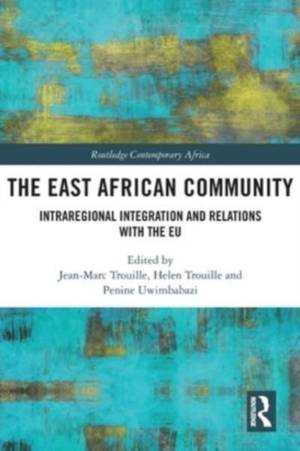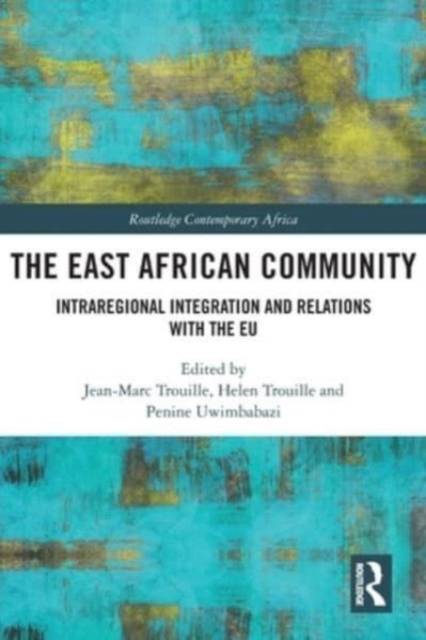
- Afhalen na 1 uur in een winkel met voorraad
- Gratis thuislevering in België vanaf € 30
- Ruim aanbod met 7 miljoen producten
- Afhalen na 1 uur in een winkel met voorraad
- Gratis thuislevering in België vanaf € 30
- Ruim aanbod met 7 miljoen producten
The East African Community
Intraregional Integration and Relations with the EU
Omschrijving
This book brings together African and European experts from a variety of disciplines to examine the origins and current state of the East African Community (EAC). Over the course of the book, the authors analyse the rich tapestry of intraregional relations in East Africa, the EAC's similarities with the European Union and the future challenges faced by the organisation.
Widely regarded as the most advanced and successful regional integration scheme in Africa, the EAC is an intergovernmental organisation consisting of Burundi, Kenya, Rwanda, Tanzania, and Uganda and, since 2016, South Sudan. It is the oldest among Africa's regional economic communities, and among the continent's most promising growth areas, with a long history of integration, punctuated by several false starts and traumas that have profoundly affected its body politics. When initially set up, the EAC model bore a striking resemblance to the process undergone by the European Union. Now, as the EAC continues to establish its own identity, this book argues that whilst Europe's history may provide useful insights for EAC member states, the EAC experience could in turn also offer lessons for the European Union.
Covering key dimensions such as integration, co-operation, development, trade and investments, this book highlights the intricate and complex relationships between East African states, and it will be of interest to researchers working on economic development, international relations, peace and security and African studies.
Specificaties
Betrokkenen
- Uitgeverij:
Inhoud
- Aantal bladzijden:
- 208
- Taal:
- Engels
- Reeks:
Eigenschappen
- Productcode (EAN):
- 9780367698447
- Verschijningsdatum:
- 9/01/2023
- Uitvoering:
- Paperback
- Formaat:
- Trade paperback (VS)
- Afmetingen:
- 156 mm x 234 mm
- Gewicht:
- 326 g

Alleen bij Standaard Boekhandel
Beoordelingen
We publiceren alleen reviews die voldoen aan de voorwaarden voor reviews. Bekijk onze voorwaarden voor reviews.










